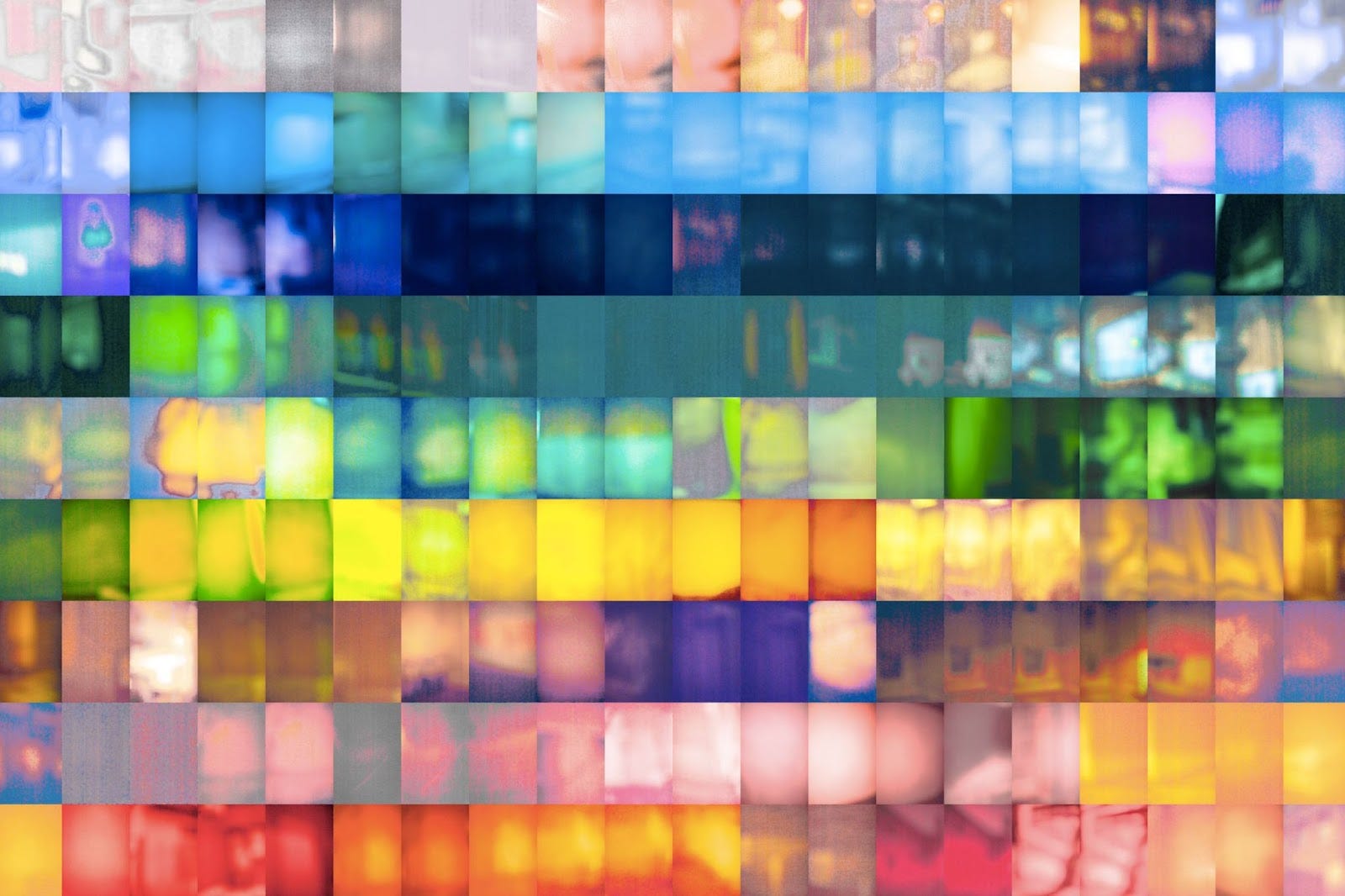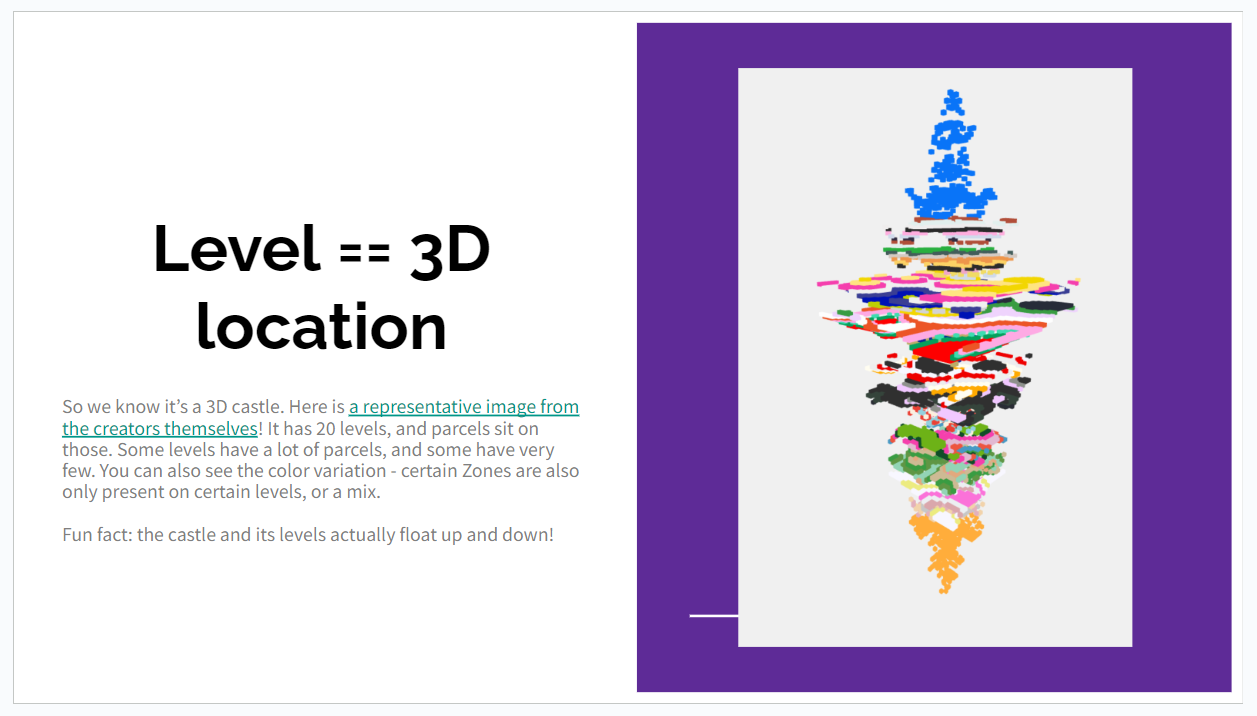Dear Bankless Nation,
There are still many misconceptions around NFTs. For example, this week Elon Musk said all NFTs are “offchain” when in fact plenty are fully onchain.
Another prevalent misunderstanding I see, though? That NFTs are more or less just static images.
To be sure, that’s not always true! Actually some of my favorite NFTs are ones that evolve or can evolve in some form or fashion over time.
For today’s post, let’s do a little refresher and highlight some notable NFTs with temporal dimensions that you can always point to as examples of NFT dynamism going forward!
-WMP
Examples of NFTs That Can Change Over Time…
1) Lifeforms

Created by artist and software developer Sarah Friend, Lifeforms are “NFT-based entities” on Polygon that require “regular care in order to thrive.” In other words, you must transfer a Lifeform from your wallet within 90 days of receiving it or it will be destroyed!
Today, just over 50 of these entities remain. The Lumen Prize, for which Lifeforms was shortlisted in 2022, described the collection like so:
“By interjecting unexpected dynamics into a smart contract system, Lifeforms invert the typical logic of NFTs, which is to buy, hold, and hope it increases in value, and instead asks the ‘owner’ to become a custodian or caregiver that must consistently maintain or care for their NFT in collaboration with others.”
2) Chaos Roads

Created by artist, curator, data scientist, and NFT historian Chainleft, Chaos Roads is a fully onchain runtime art collection featuring art, music, and poetry all entirely generated by the project’s code plus the Ethereum Virtual Machine (EVM).
Notably, within this architecture there’s an encoded “Entropy” system that lets an owner of one of the NFTs travel back to one of its earlier visual states. So not only do the project’s pieces literally evolve across every Ethereum block, they can also be returned to earlier aesthetic evolutions over time. It’s an early example of tapping always-on Ethereum for artistic dynamism.

3) Corruption(s*)

Developed by dom, one of the leading creatives behind Blitmap, Loot, and Sup, Corruption(s*) is a fully onchain generative ASCII cryptoart project that was stealth launched back in November 2021.
It’s notable here because the collection innovated an onchain evolutionary Insight system. This system involves each of the NFTs having an Insight trait, toward which they all accrue Insight XP over time, with this evolving the works’ aesthetics. The accrual speed quickens if a Corruption remains untransferred, and it slows down upon being “destabilized,” i.e. transferred.
4) Etholvants

First released in October 2021, Etholvants is another fully onchain experiment that centers around being able to to evolve simple-celled digital creatures via combining them together or staking the NFTs. The latter approach sees the creatures “grow by 2 cells every 4 hours,” yet hundreds have already been combined too as today just over 8,400 Etholvants remain in existence.
5) Fini

Fini are “living NFTs that use oracles to respond to fluctuations in the value of cryptocurrencies.”
In other words, the mood of a given Fini constantly shifts through various animations on an hourly, daily, or weekly basis per the performance of the crypto they’re tied to, which can be Ethereum, Bitcoin, Solana, Dogecoin, Polygon, Chainlink, Uniswap, BNB Chain, Avalanche, or Tezos.
While I personally view the entire collection as one big dynamic conceptual art project, the Fini characters themselves are also iconic and adorable as PFPs and offer very charming avenues to track the price action of your favorite coins.
6) SALT

A collaboration between artists 0xmons and Figure, SALT is a photographic cryptoart series with a dynamic render function, meaning its tokens’ aesthetics evolve based on changes in onchain state.
What this means in practice is that each day the collection’s 180 photos are cycled asynchronously from token to token in a never-ending loop. “No owner possesses a specific image, all are collectively shared,” the creators have previously explained.
7) Terraforms

Terraforms by Mathcastles has so many unique facets that it defies easy explanation within a single sentence. In short, though, the collection is one giant runtime artwork, and it exists as a fully onchain virtual world.
That said, one of the most interesting aspects of Terraforms to me is its temporal nature. The collection’s NFTs have two main modes, “Terrain” and “Daydreaming,” and the latter helps stave off — or totally prevent — the virtual world’s hardcoded destruction. As Terraforms wiz astrostl has noted in their excellent Terraforms by Mathcastles FAQ slide deck:
“The smart contract code is set to begin a decay and eventual destruction of the castle unless ‘enough’ parcels are Daydreaming [...] Each Daydreamer forestalls this event by 10 years. If or when there are 500 dreamers, the collapse is forever prevented. Yay! At the time of this writing there are already 481, so this is delayed by 4,810 years and only needs 19 more to be safe for as long as the Ethereum blockchain exists.”
8) Uniswap LP NFTs

Not all NFTs that can evolve over time are cultural in nature. On the DeFi side of things, the most obvious example here is liquidity provider (LP) positions in Uniswap V3, all of which are represented by bespoke NFTs that pull data from Ethereum and render that data on an ongoing basis. If you alter your position’s liquidity, your NFT reflects that change automatically!